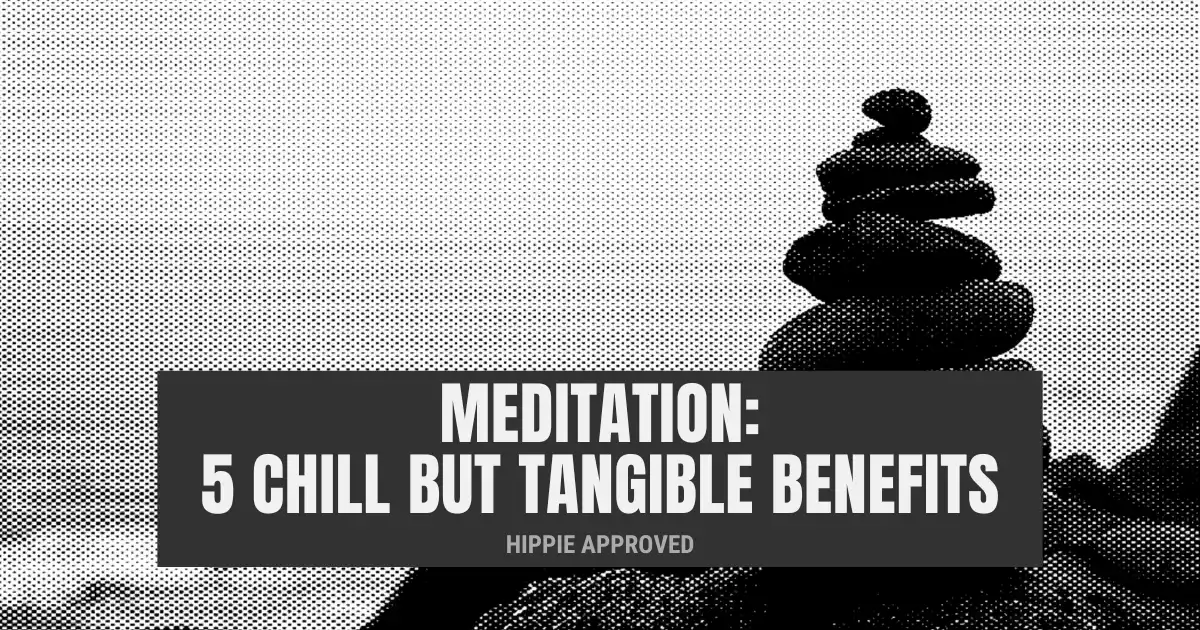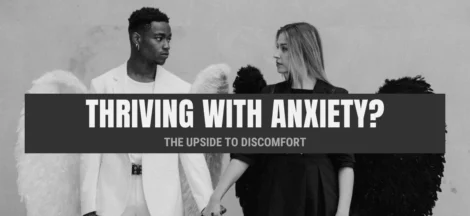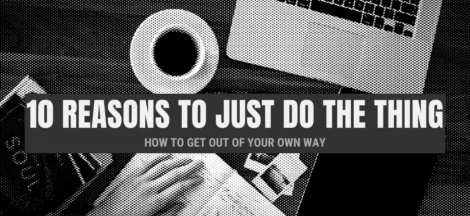You might have often heard the term meditation thrown around in the tree-hugging, peace-loving circles, as something that helps you achieve a state of zen and “inner peace”. If you’re anything like me, it might’ve also incited a sharp gag response. In recent years, however, our perception and understanding of the topic have been vastly expanded upon. From the many dozens of research papers published, to key figures in the field that have shared their insights. The evidence couldn’t be clearer.
As a disclaimer, when talking about meditation in this article, I’ll mostly be referring to mindfulness meditation or vipassana (Pali, “insight”).
There is something truly profound about the act of sitting down by yourself with nothing but the sound of silence and your own thoughts. If you’ve never dabbled in the practice of doing so yourself, you’d think, “what a luxury sitting down and doing nothing must be”, and you couldn’t be further from the truth. In silence, you soon come to realize how capable your mind is at wandering and presenting you with an endless supply of unscrupulously meandering thoughts.
This is one of the key reasons that meditation is often thought of as a practice. It’s because no matter where you are along the way, you’re still in the process of the practice.
Practice Makes Perfect. But No One’s Perfect (at Meditation), So Why Should I Practice?
I don’t claim to be an expert on the topic. But I have been practising based on what I’ve heard Sam Harris speak and advocate for, be it on his meditation app Waking Up, his blog, or other public appearances. And it’s been a tremendous help to me. So instead of me fumbling through reasons why you should try it, I’ll allow Sam Harris himself to convince you:
Cultivating this quality of mind (mindfulness meditation) has been shown to modulate pain, mitigate anxiety and depression, improve cognitive function, and even produce changes in gray matter density in regions of the brain related to learning and memory, emotional regulation, and self-awareness.
The 5 Tangible Benefits (…okay, so I lied, here are 6, but there are more!)
- Ability to Modulate Pain
- Mitigate Anxiety and Depression
- Improving Cognitive Function
- Improving Learning and Memory
- Helping with Emotional Regulation
- Helping with Self-Awareness
How Can I Be More Mindful in My Own Life?
There are several ways in which you can apply mindfulness to your daily routine. The most useful of them that I’ve found is WEMB.
What’s WEMB? It’s Work, Eating, Movement and Breathing.
1. Mindful Work
Try to focus on one task at a time, devote your energy fully, and be present. In our modern age, this might seem like a foreign concept but there are several ways that you can make this a reality.
- When focusing on a task you could keep your phone in another room.
- Turn off notifications on your current work device if working on a laptop or computer.
- Being mindful of when your mind is taxed or overwhelmed by taking short breaks.
Essentially, allowing your brain to become immersed in your work. Both Cal Newport in his book “Deep Work”, as well as, Héctor García and Francesc Miralles in their book “Ikigai” speak about similar concepts.
When we become engaged with our work on a deeper level, we can often achieve a heightened state, which people refer to as “flow” which can then, in turn, help us do our best work.
2. Mindful Eating
You could avoid the trap of consuming food on autopilot (I’m often guilty of this one) and instead focus on the taste, smell and texture of each bite. It can bring you instantly into the here and now. Thus allowing you both to not only enjoy your food but also to become grateful for the opportunity to be able to relish the delicious food.
3. Mindful Movement
Whether you enjoy walking, jogging or running. It could even be other physical activities, such as running on a treadmill, yoga or taichi. Focusing on the movement of your body is often a great way to bring your mind into the present moment. Your body can transform itself into a beacon that can help guide the metaphorical train of thought to safety.
4. Mindful Breathing
The classic. This is one of the fundamental tenants of learning meditation. One begins learning how to meditate by focusing on the breath. Mindful inhalation, and mindful exhalation. Just observing the breath. Being mindful when your mind wanders, observing thoughts without judgement, and then slowly bringing your awareness back to the breath. The practice isn’t so much about being worried about the arising of thoughts, or stopping them altogether. Rather, it’s more about being aware of when this happens, and then just simply going back to the breath.
The Proof is in the Pudding, so Where’s Your Pudding?
As someone who’s somewhat skeptical, I can completely understand why someone would want more reasons before they commit to anything. As someone who suffers from GAD (Generalised Anxiety Disorder), there are two things that have been absolute game changers for me when it comes to helping me self-regulate my emotions, and also to help put my thoughts down so I can make sense of them.
The first one is journaling, and the latter is meditation.
I’ve spoken about meditation a couple of years ago when I wrote this article. In it, I discussed about an instance when I got into an “almost” traffic accident, and how my mental state was in total disarray moments after. Yet, despite this, within a minute I was able to identify that the same fear which had served me well in saving my life had now become a threat to the very same life by paralysing my judgment. Simply put, it no longer served a useful purpose, and had become destructive in nature.
Since then I became even more convinced that meditation is one of those practices that must absolutely not be slept on, just because it doesn’t have the allure of more glamorous things. The more work you put towards it, the more rewards you reap. Over time its application becomes more apparent in your everyday life.
In conclusion, meditation is more than it’s made up to be. It has real-world applications (when in doubt think WEMB). It also has several health benefits and can lead to a massively improved quality of life with a little tradeoff. The tradeoff is a few minutes of time every day! I’d encourage readers to try it before knocking it, it’s hippie-approved!
Are there some hurdles that might prevent you from making progress? Have there been instances in your life that you feel mindfulness could have been beneficial? Comment below to let me know so I can discuss them in a future article. Until then, I encourage you to start wherever you are and make use of these tools at your disposal. Till next time, take care and be well.



 Thriving with Anxiety? The Upside to Discomfort
Thriving with Anxiety? The Upside to Discomfort